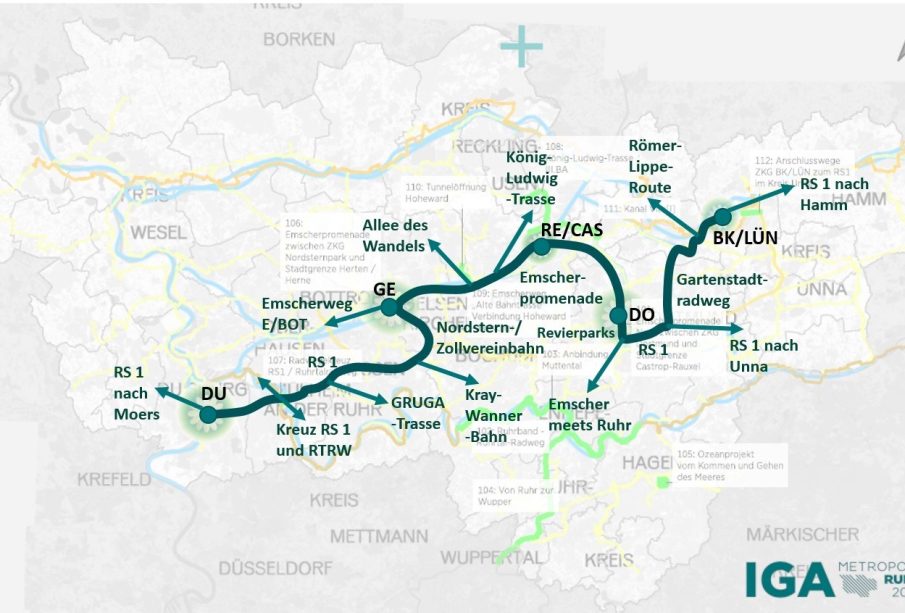The Rise of IGA as a Community Grocery Store in Canada

Introduction
IGA (Independent Grocers Alliance) has established itself as a critical player in the Canadian grocery market, emphasizing community engagement and local sourcing. With the rise of consumer demand for personalized shopping experiences and fresh, locally produced goods, IGA has garnered attention for its efforts to adapt to these trends. Understanding IGA’s evolution not only highlights its significance in the grocery sector but also reflects broader shifts in consumer behavior across Canada.
Operational Growth and Community Engagement
Founded in 1926, IGA operates more than 900 stores across Canada, often located in rural and suburban communities. The brand focuses on offering personalized services and products that reflect local tastes and preferences. In recent years, IGA has embraced sustainability by partnering with local farmers and suppliers, providing fresh produce while simultaneously supporting local economies.
In addition, many IGA stores have launched initiatives to reduce food waste, such as donating unsold food to local charities. Their commitment to community involvement has fostered a loyal customer base, allowing IGA to compete effectively against larger supermarket chains.
Response to Current Market Trends
The COVID-19 pandemic has profoundly impacted shopping behaviors, pushing consumers towards local and smaller grocery stores for safety and convenience. During this time, IGA witnessed an increase in sales as customers sought more efficient shopping options without sacrificing quality. This shift emphasizes the growing importance of convenience and community connection in grocery shopping, areas where IGA has aligned its business strategy.
Furthermore, with the rise of online shopping, IGA has adapted by enhancing its digital presence, offering online ordering and delivery services, which cater to the demands of today’s consumers who prioritize both safety and convenience.
Conclusion
As IGA continues to evolve within the changing grocery landscape, its focus on community engagement and local sourcing sets it apart from larger chains. With the growing consumer trend of supporting local businesses, IGA’s model not only enhances food security but also promotes economic resilience within communities. This trend indicates a promising future for IGA as it continues to adapt to the needs of Canadians, positioning itself as a key player in the ongoing transformation of the grocery industry.









